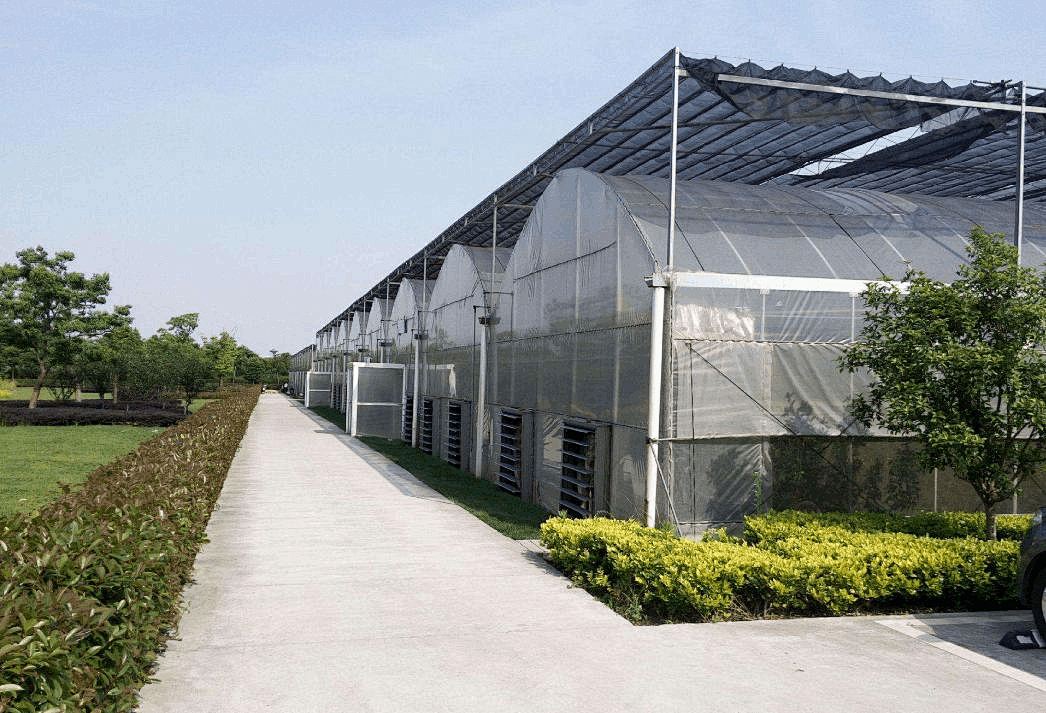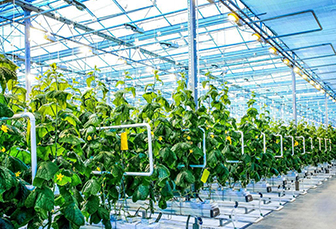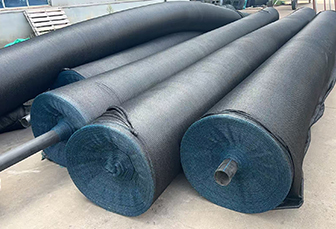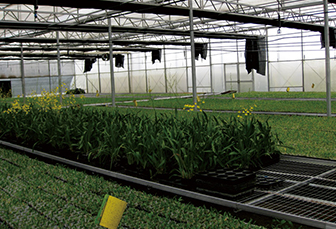Adapting to Extreme Summer Weather
Midsummer brings volatile conditions—scorching heat, thunderstorms, downpours, and even hail. For delicate crops like flowers and vegetables, protective measures are critical. Shade nets emerge as an optimal solution, proven to:
Boost yields by 15-30% through microclimate regulation
Mitigate storm damage (wind/rain/hail protection)
Reduce pest infestation by creating physical barriers
Year-Round Agricultural Benefits
| Season | Core Functions | Additional Advantages |
|---|---|---|
| Summer | Blocks 70-90% UV radiation Lowers canopy temperature by 5-8°C | Prevents sunscald Deters flying insects |
| Winter | Retains soil heat (+3-5°C) Reduces frost damage | Bird-proofing Minimizes worker exposure |
Industrial Applications in Construction
Shade nets (construction-grade variants) enhance worksite safety and environmental compliance by:
Fall Protection: Catches debris/tools (OSHA-compliant)
Dust Control: Contains 85%+ airborne particles (PM10)
Urban Aesthetics: Replaces unsightly traditional fencing
Market Growth Drivers
Consumer Adoption: Annual sales growth of 12% (2020-2023 market data)
Product Innovation: UV-stabilized, flame-retardant, and biodegradable variants
Regulatory Push: Mandates for dust control in 60% of Asian megacities
Projection: The global shade net market will exceed $4.1B by 2028, fueled by:
Smart nets with IoT-enabled light/heat sensors
High-strength materials (e.g., carbon-fiber reinforced HDPE)





